طیف نگاری کارکردی مادون قرمز نزدیک (fNIRS)
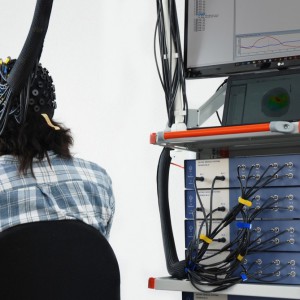
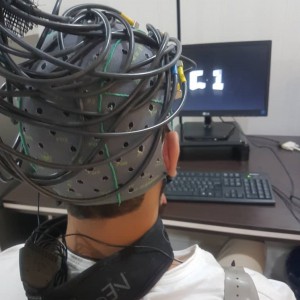
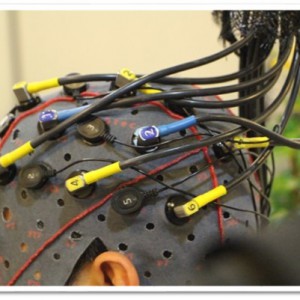
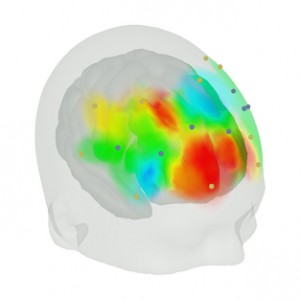
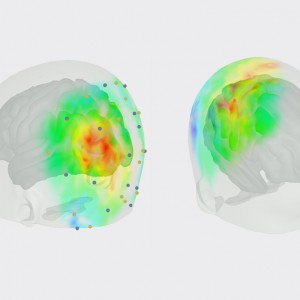
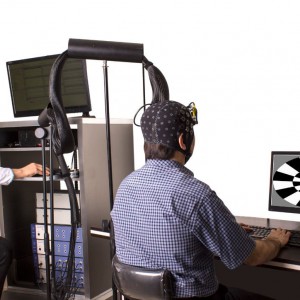
طیف نگاری کارکردی مادون قرمز نزدیک (fNIRS) یک تکنولوژی تصویربرداری کارکردی نوری می باشد که فعالیت های عصبی و پاسخ همودینامیک مغزی را اندازه گیری میکند. در این روش نور مادون قرمز بر روی سطح پوست سر تابیده می شود و بخشی از نور جذب می شود و بخشی از آن عبور می کند. با اندازه گیری تغییرات در مشخصه های امواج نوری عبوری، می توان پاسخ همودینامیک مغزی را ارزیابی نمود.
تکنولوژی fNIRS تغییرات نسبی در غلظت اکسی هموگلوبین(Hbo)، دی اکسی هموگلوبین (HbR) و مجموع آنها را برای نمایش پیوسته و آنلاین دینامیک مغزی اندازه گیری می کند. fNIRS و fMRI هر دو به تغییرات فیزیولوژیکی مشابهی حساس هستند و در نتیجه می توان داده های این دو فناوری را با هم مقایسه نمود.
از مزایای fNIRS می توان به غیرتهاجمی بودن، قابل حمل بودن، و ارزان بودن این مدالیته اشاره کرد. از دیگر مزایای fNIRS نسبت به fMRI می توان به موارد زیر اشاره کرد:
- قابل استفاده با و بدون سیم می باشد و در نتیجه برای بازه های سنی مختلف، قابل استفاده است.
- در مقایسه با اسکنرهای MRI یا PET نسبتا ارزان است.
- سوژه ها هنگام استفاده از fNIRS در مقایسه با fMRI، PET و MEG با محدودیت فیزیکی کمتری روبه رو هستند.
- نصب آن ساده است.
- fNIRS میتواند سیگنال همودینامیک را با قدرت تفکیک زمانی تا ۵۰ هرتز اندازه گیری کند که بسیار بیشتر از قدرت تفکیک زمانی در fMRI یا PET می باشد.
- حساسیت ذاتی بسیار خوب به هموگلوبین دارد.
- قابلیت اندازه گیری همزمان با انجام انواع تکالیف وجود دارد.
- fNIRS را می توان برای افرادی که توانایی تحمل میدان مغناطیسی fMRI را ندارند (نظیر بیماران مبتلا به اسکیزوفرنی، اوتیسم و غیره) بکار برد.
- از fNIRS می توان برای پایش میزان مصرف اکسیژن مغز برای مدت طولانی استفاده نمود (به عنوان مثال برای نوزادان نارس).
یکی از محدودیت های fNIRS این است که اندازه گیری در سطح کورتکس انجام می شود و نواحی عمقی تر را نمی توان با این روش ارزیابی کرد. همچنین قدرت تفکیک مکانی fNIRS در مقایسه با fMRI بسیار کمتر است.
کارشناسان این بخش



